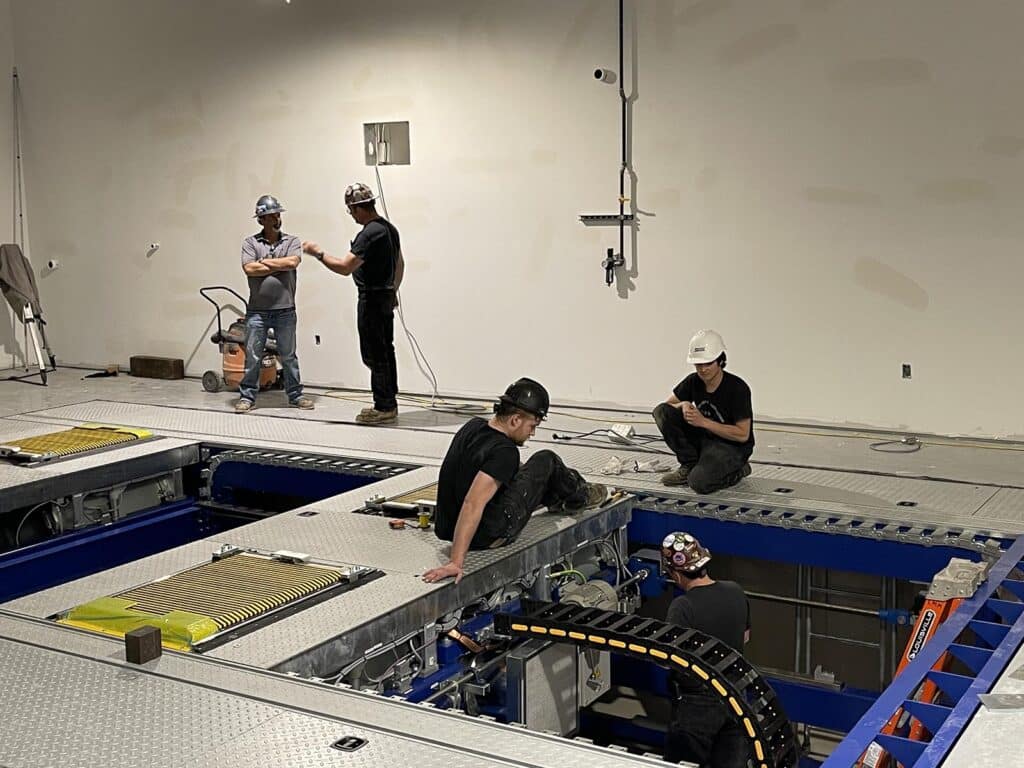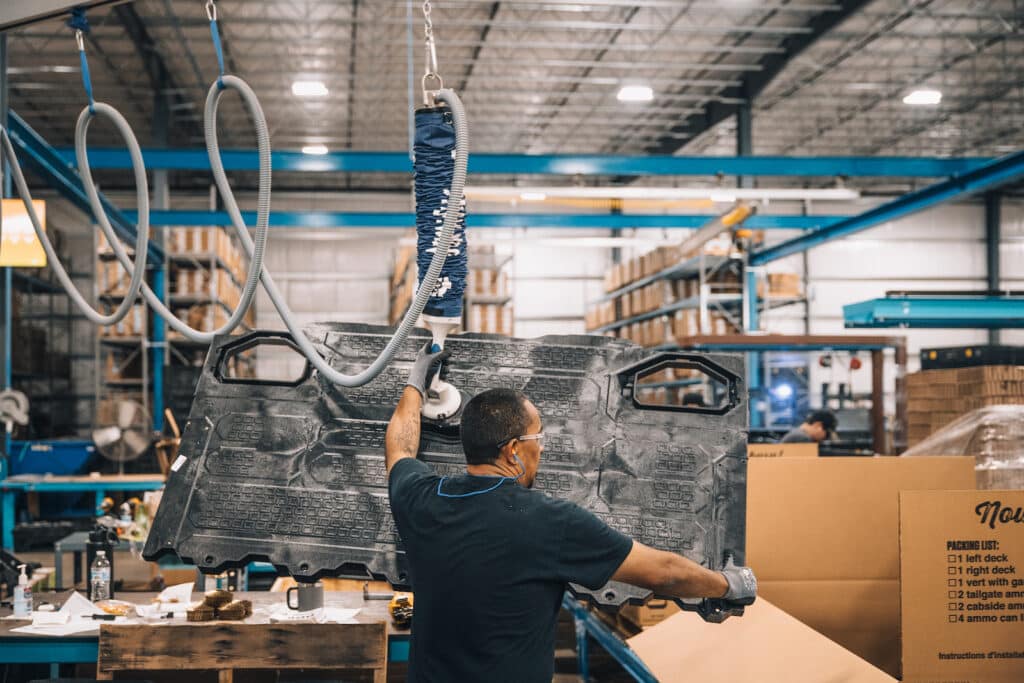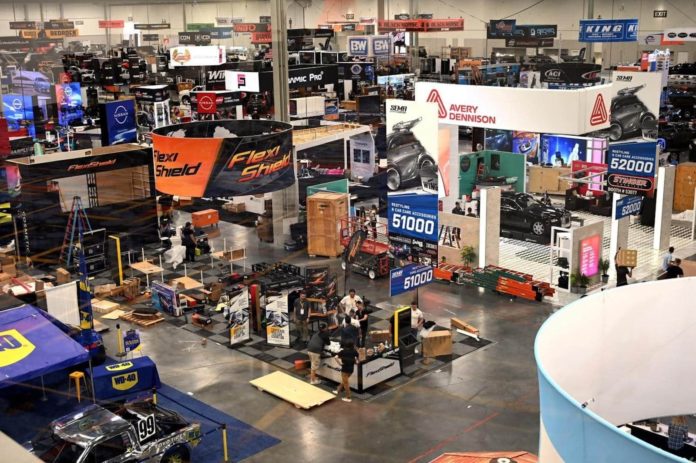By 1927, Ford Motor Co. had sold more than 16 million examples of the revolutionary Model T. Founder Henry Ford’s obsessive focus on cost-cutting and vertical integration literally put America behind the wheel of the automobile by making cars affordable to the nation’s growing middle class.
The Model T was an essay in simplicity, with nothing included but what was necessary to go, turn and stop. There were very few options available from the factory. To find such luxuries as side windows for convertibles, windshield wipers or effective brakes for descending hills, Ford owners needed to look to outside companies. Thus, the automotive aftermarket was born.
Today the automotive aftermarket is one of America’s fastest-growing industries. According to a report from the Specialty Equipment Market Association (SEMA), an industry trade group founded in 1963, the total value of the automotive aftermarket surpassed $51.8 billion in worldwide sales for 2022. That figure represents about 2% market growth for the year, which is less than SEMA’s usual estimate of 4% to 5% per year.
“Even as economic uncertainty looms, particularly around inflation, consumers are passionate about customizing and continue to buy from our industry,” said SEMA Director of Market Research Gavin Knapp. “This report provides new and relevant findings that businesses can use to better connect with their customers, find areas of opportunity and drive their business.”
Total employment among the more than 7,000 companies that make up SEMA membership is estimated at about 1 million people in North America alone, with many more in Asia and other parts of the world. While this doesn’t put the automotive aftermarket in the top 10 industries across the U.S., it’s a substantial number that is growing steadily. For example, 3D Printing, which is revolutionizing the aftermarket, is projected to grow by 20% in 2023 to a total market of $7.7 billion.

Banding together for efficiency
SEMA maintains “Garage” facilities in Plymouth, Michigan and in Diamond Bar, California where its member companies can participate in OEM measuring, scanning and fitment sessions, including a California Air Resources Board-recognized emissions testing lab. With equipment that meets CARB’s new 1066 testing requirement standards, SEMA Garage Detroit will be able to perform all required CARB and U.S. Environmental Protection Agency (EPA) test procedures.
The facility is designed to give aftermarket parts manufacturers access to sophisticated resources that are typically accessible only to large-scale manufacturers.
“The SEMA Garage Detroit is a game changer in helping aftermarket manufacturers develop products for today’s sophisticated automobiles,” said Ben Kaminsky, SEMA Garage Detroit general manager. “We will be collaborating with automakers, suppliers and key players in the industry to conduct some groundbreaking research. We are really going to be able to take product development and testing capabilities to a whole new level.”
Pickups and SUVs lead the charge
Within the broader aftermarket, pickup trucks and SUVs of all kinds are a leading segment. SEMA estimates that the aftermarket for pickups alone tops $15 billion in sales per year, mostly in North America. More than 11 million pickup trucks were modified in some way in 2022, and 63% of those modifications were done by the vehicle owners themselves, according to SEMA statistics.

The owners who did those modifications also span generations. The median age of a pickup modifier is 40 years old. Also, about half of truck modifiers also own some form of motorized sports or recreational vehicle, like a Quad, side-by-side, boat or motorcycle, which also tend to be modified from stock in some way.
Additionally, about 14% of the total aftermarket, or $7.2 billion, is attributable to crossover SUVs, of which many are also used for recreation directly, or to tow and haul smaller powersports vehicles.
One example of growth
To choose just one example of the growing aftermarket business, Idaho-based pickup truck accessory manufacturer Decked recently completed a 70,000-square-foot, $22 million expansion of its 6-year-old 170,000 square-foot production facility in Defiance, Ohio.
The new facility brings injection-molding manufacturing to the factory, which will manufacture the company’s Tool Box, Drawer System and accessories for midsize and full-size pickup trucks. The company’s products are made entirely from Midwest-sourced, mostly recycled materials including aluminum, steel and plastic resin.
Decked expects the expansion alone to add 90 full-time jobs in Ohio by the end of 2025, on top of 65 employees already at work in the facility. When fully staffed, the facility will deliver approximately 300 shipments per week.

